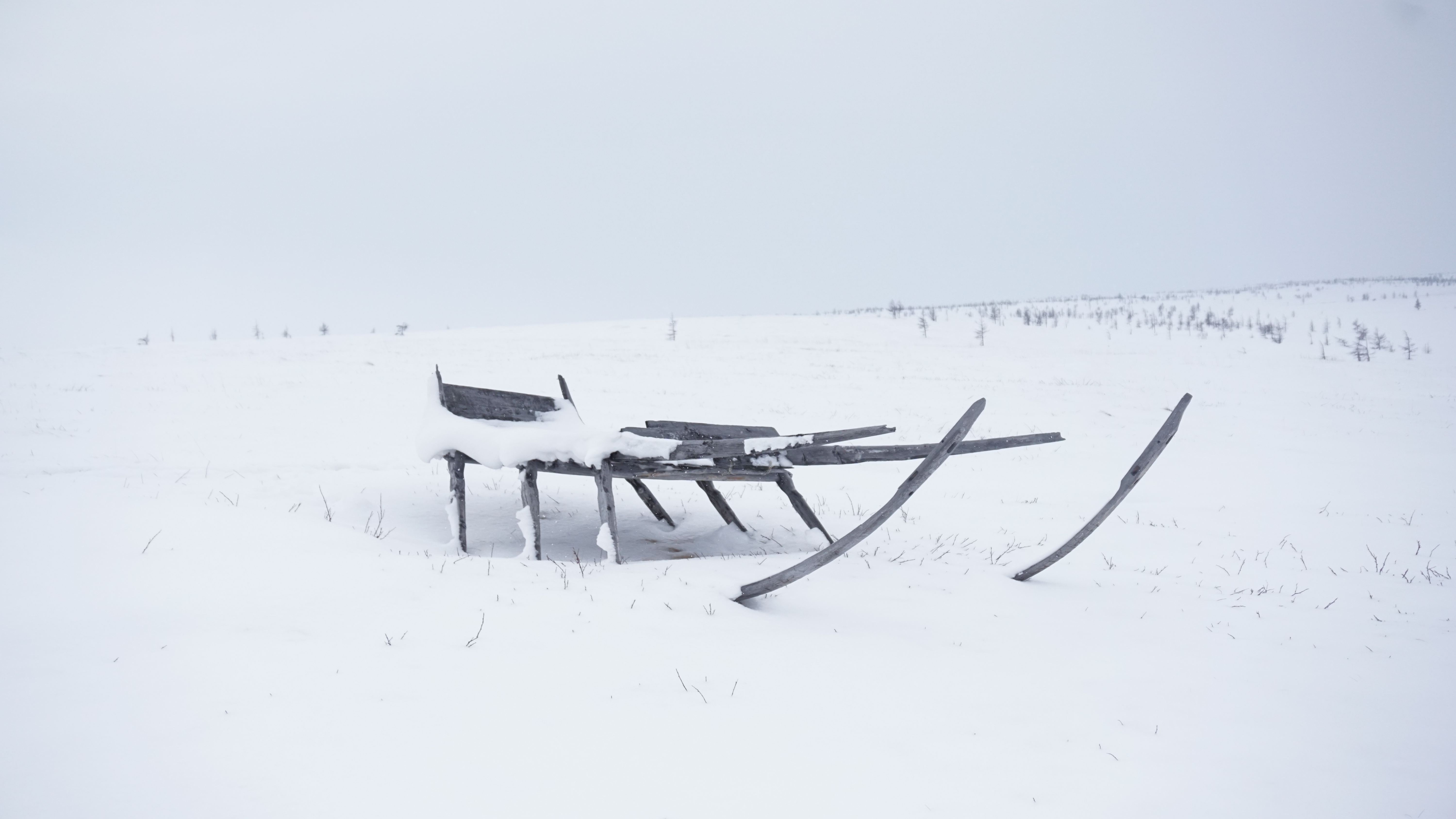|
|
Dr. Davydov Deputy Director for Research, Museum of Anthropology and Ethnography, Russian Academy of Sciences
|
Spiritual Culture
Dolgans’ mythological picture of the world was influenced by several different factors such as migration, socioeconomic ties, and mutual cultural influences of different peoples living in the same or neighboring territories, including the Taymyr Peninsula and the north of Yakutia.
The Dolgans’ universe spanned three worlds: the upper world of the skies, the middle world of the earth, and the lower world, the underworld. The upper world was populated by deities and good spirits, the aiyy. The middle world was inhabited by people and the spirit of the earth, Aaan Doydu Ichchite, master-spirits of places, and evil spirits that floated in the air and sent diseases. The lower world, Allaraa-Ogoniora, was the abode of monsters.
Deities and spirits could be roughly divided into three kinds: the bodiless invisible ichchi, they animated any object they inhabited; good spirits called the aiyy, and the evil spirits called the abaasy.
Like other peoples of the North, Dolgans practice shamanism. They believed shamans to protect them against evil spirits and nefarious actions of bad people. A person could only become a shaman following the will of the spirits and after going through special rituals in the tundra; they had to have shamans among their ancestors. Shamanistic rituals were held to communicate with spirits.
Traditional Dolgan beliefs feature animism, for they worshipped animals, nature, and fire, and practiced rites connected with hunting and fishing. Orthodox Christianity began to spread among Dolgans with the arrival of Russians in the 18th century.
Dolgans practiced different rituals and celebrated various holidays; one of their principal holidays was the Big Day celebration which marked meeting the sun. This holiday is still celebrated in the north of Yakutia usually in early April. Another important one is the Bear Holiday which is a set of rituals connected with bear worship. Marriage celebration is the Dolgans’ most beautiful and solemn rite. They built a large chum, slaughtered about 10-15 “wedding” reindeer, and prepared a wedding feast to observe various ritual prohibitions (for instance, breaking bones was a taboo, and consequently, the meat was supposed to be boiled in large chunks).
Dolgan funeral rites combine elements of Orthodoxy, Old Believers’ faith, and paganism. After Christianity spread among the Dolgans, the dead were buried in the ground and a wake was held on the ninth and the 40th day after one’s death. A year later, a log structure with a pitched roof was erected at the grave with icons placed inside. However, a sled used to bring the dead person to the burial site was also left at the grave as well as their personal items and eating implements.
Hunting and fishing rituals and customs were of special significance for Dolgans’ worship since their life and prosperity depended on their catch. Mostly they included ritual ways of skinning animals and butchering them.























































